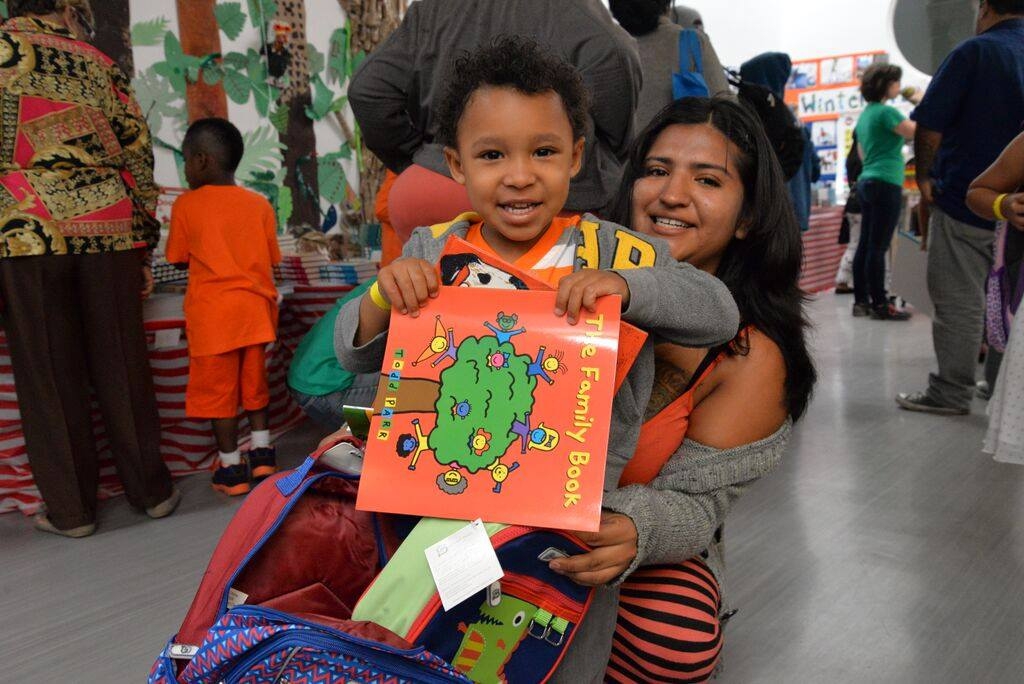
Ways Educators Can Connect With ELL Families
Today’s guest blogger is Roxana Barillas, Director of Hispanic Engagement at First Book.
When I came to the U.S. from El Salvador at age 12, I had no knowledge of English and jumped right into a new school. My mom worked multiple jobs to support my four siblings and me, and while she firmly believed education was the best inheritance she could pass on to us, I do not recall her attending a single open house, back-to-school night, PTA meeting or parent conference.
But when my brother and I were bullied in school, she sought help from a local priest, Father Somoza, who joined us for a meeting with the school principal. She also decided to move, even though she would triple the time of her commute to work by bus. Her commitment to us was unwavering, but it probably wasn’t always visible to my teachers.
As a young college student, I taught adult English learners who aspired to go to college. Even though they were well-educated, I can recall the rich conversations about the challenges of navigating a totally different culture and educational system. As a result, I learned the challenges that educators face in helping ELLs succeed in their adopted country as both an English learner and subsequently as a teacher.
It was not surprising for me to learn that when First Book asked our network of educators and program leaders what keeps them up at night, “engaging the families of my students in their learning journey” was at the top of the list.
You see, for parents with limited incomes, limited English competency, and perhaps limited education or literacy levels in their own language, family engagement is a tall order. Add a job at night and transportation challenges to those limitations, and you can see why a parent might not be involved in his or her child’s education in the traditional sense.
One important way to build bridges with families is to read books that help us connect with one another, because for many immigrant families, the experience of reading children’s books, much less owning them, has not been part of their experience growing up. Yet, we know that reading at grade level (by third grade) is a key predictor of high school graduation and career success.
At First Book, we have amazing resources to support family engagement. One of my favorite initiatives is Build Strong Families with Stories, a work of love with our partner organization, Search Institute.
Take a look at Build Strong Families with Stories and keep an eye out for cross-cultural nuances from your students as you read the books. You may wish to invite families to a “family reading night” (or “noche de cuentos en familia”) that you plan with your parents’ schedules in mind. Even with parents working multiple jobs, and with little family quality time, these opportunities can provide special moments of connection and growth that can help your students and their families learn to navigate different cultures while growing stronger as a family. Rest assured that the bridges of trust you build with the children and families you serve are a labor of love you will celebrate throughout the school year!
